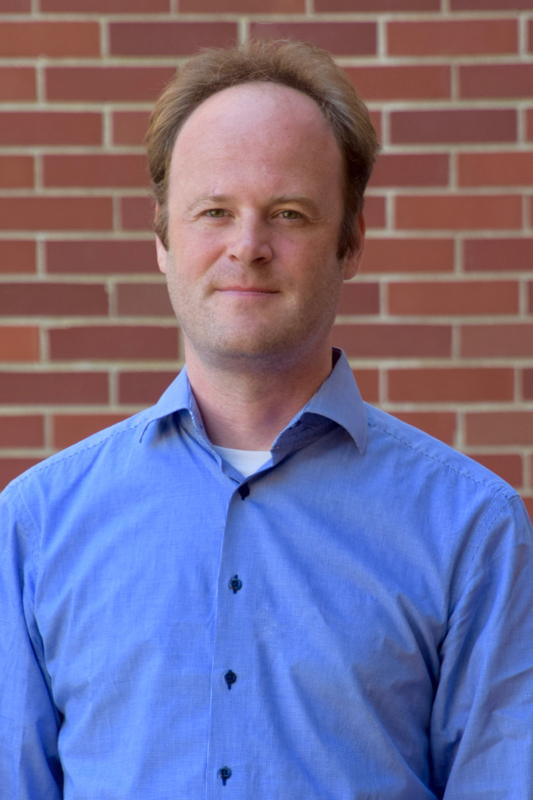 Christian Oberdorfer
Christian Oberdorfer
Christian Oberdorfer, postdoctoral researcher, University of Stuttgart, Institute for Materials Science (Germany)
Wolfgang Windl, faculty mentor
Atom Probe Tomography is a nano-analytic characterization technique in materials science. The approach uses a combination of an applied high-voltage and short laser pulses to rip off atoms from the surface of needle-shaped samples atom by atom. Information about the atoms are recorded by a detector. By means of sophisticated computer based post processing of the data, 3D atomic maps of the original samples are reconstructed. My research focuses on improving these reconstructions.
We developed and applied an atomistic computer model of the field evaporation process that is able to predict atom probe experiments. The model calculates the distribution of the electric field distribution about the considered sample and uses that information to determine forces acting on the surface atoms. Up to a certain amount, such an extra force can be balanced by the internal bonding between the atoms. But once a critical threshold is exceeded the atom is pulled off the surface.
Properties of modern materials increasingly rely on controlling the chemical composition and atomic structure at short length scales (e.g. in semiconductors). This requires powerful analytical techniques to analyze materials at these short length scales. Atom Probe is one of only a few available techniques that provide the necessary capabilities. Further improvement of these capabilities will allow for better materials in future technological applications.